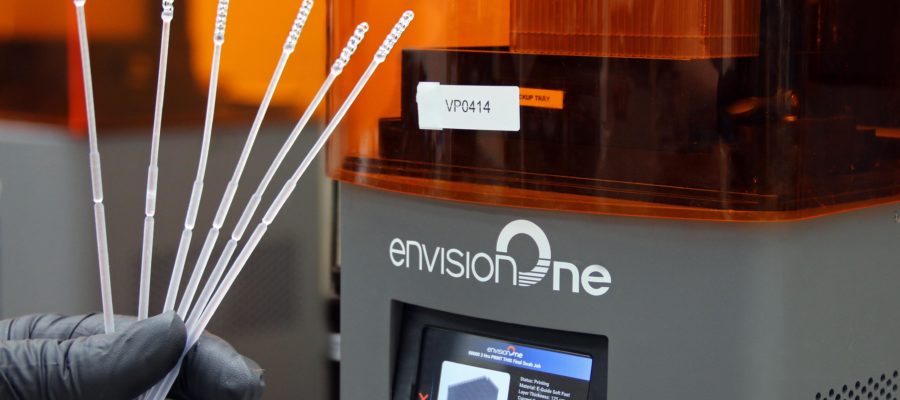From artificial limbs to customized medical instruments, 3D printing improves healthcare delivery as much as it helps any industry. And the use of 3D printing during the COVID pandemic is a great example of how.
Of course, few of us will forget the immediate response to the first wave of COVID, which was to lockdown just about everything and everyone. But one exception was the healthcare industry, particularly frontline healthcare workers. They had to work more.
It was almost impossible to predict the repercussions of a near-complete lockdown. One almost immediate consequence was the disruption in the flow of goods from manufacturers to markets. This includes the supply of personal protective equipment (PPE) that frontline healthcare workers use. Including face shields and eye protection, the rapid increase in demand and simultaneous decrease in supply created a critical shortage.
Almost as quickly, 3D printer manufacturers, users, service providers – just about anyone with excess 3D printing capabilities – jumped in to help stop the shortage.
And here’s where the COVID example really shows how 3D printing benefits healthcare delivery. Not only did supplies of regular safety glasses, face shields and mask adjusters increase using 3D printing, but it was also possible to make the products better. Here are just a few of the ways PPE met the challenges of COVID with improvements brought about by additive manufacturing.
Lightweight
Rarely has the requirement been to wear PPE all day, every day, for such an extended time. Existing PPE was sturdily built, but that adds weight. Constant use made them uncomfortable, even painful to wear. Rapid prototyping is a traditional use of additive manufacturing, and the industry was soon able to develop new equipment that was lighter and more comfortable to wear.
Bio-Compatible Materials
The versatility of 3D printing materials, including biocompatible materials, particularly plastics that interact safely with the human body, was also beneficial during COVID. In just one example, Proto3000 used our 3D printing technology to create face masks with HP PA 12 Nylon, which minimizes skin irritation and meets USP Class I-VI and US FDA guidance for skin contact.
Cleaner Production Process
Of course, PPE must avoid COVID contamination during production. With the process removed from larger more difficult-to-clean manufacturing facilities, it was easier to keep it clean.
Design Customization
Healthcare workers who dealt with uncertain consequences of COVID exposure chose to wear many layers of masks and eye protection. However, existing face shields and eyewear were not always able to accommodate the extra gear. Again, additive manufacturing was able to quickly adapt designs to allow the use of more layers of protection.
Want to learn more about how additive manufacturing benefits healthcare? Check out our article How does the dental industry benefit from additive manufacturing?
